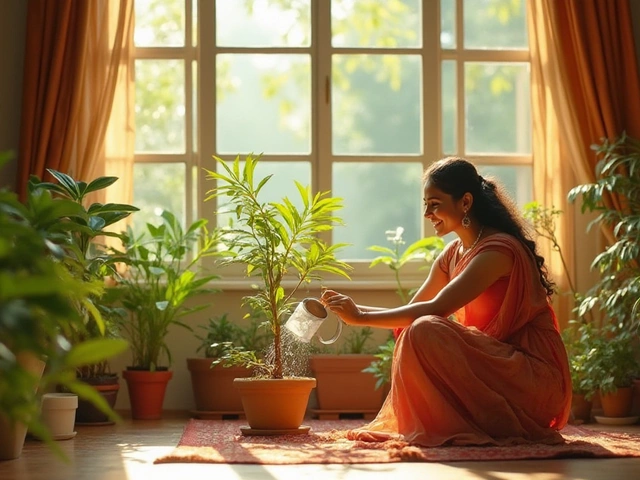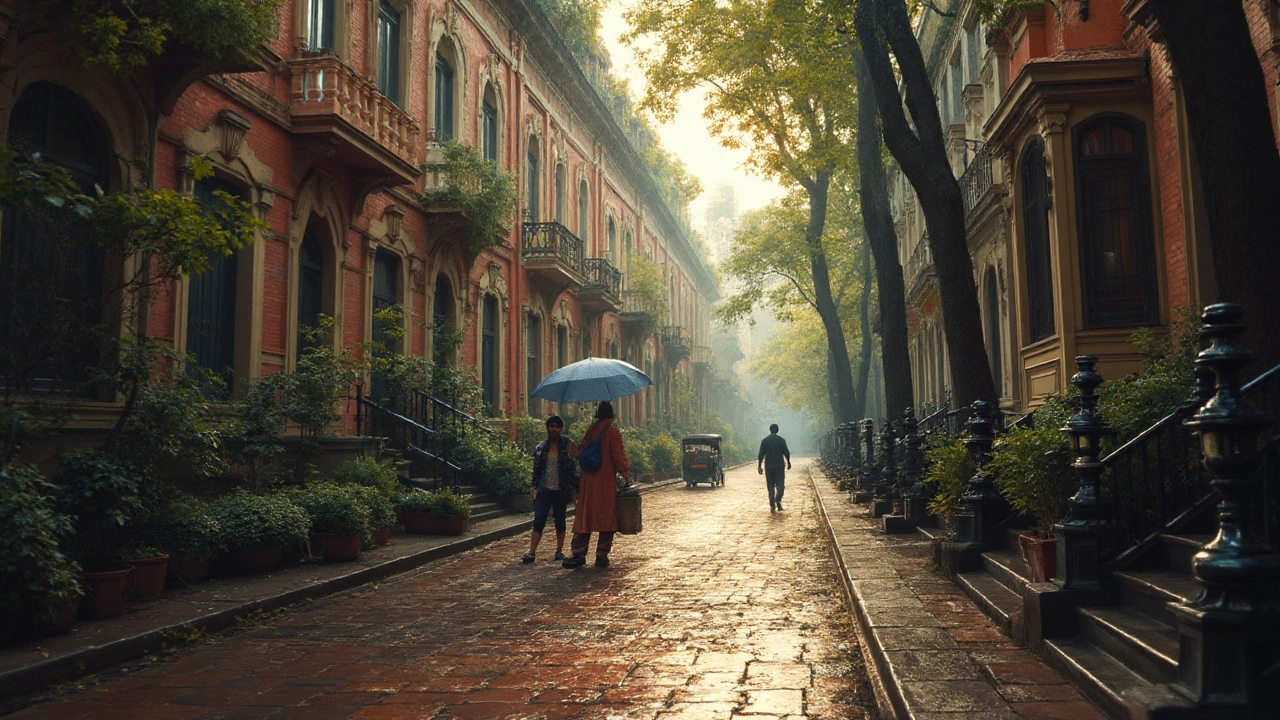Victorian Terrace House Garden Ideas for Indian Homeowners
If you live in a Victorian terrace house, you already have a slice of history right at your doorstep. The tight front yard, narrow side lanes and often limited rear space can feel restrictive, but they also give you a chance to create a charming, low‑maintenance garden that fits the era. Below are easy‑to‑follow steps that work whether you have a city plot or a suburban terrace.
Choosing the Right Plants for a Classic Look
Start with plants that echo the Victorian vibe – think roses, lavender, and boxwood hedges. These species are hardy in most Indian climates if you pick the right varieties. For example, repeat‑blooming rose bushes thrive in Delhi’s winters and Kolkata’s monsoons when you choose disease‑resistant cultivars. Pair them with low‑maintenance groundcovers like sedum or creeping thyme; they fill gaps, suppress weeds and add a splash of colour without constant pruning.
If space is tight, vertical gardening can save room. Attach a trellis to the side wall and grow climbing roses or jasmine. Not only do they look elegant, they also create privacy and a pleasant scent that drifts onto the street – a small touch that makes a big impression.
Smart Watering for Small Spaces
Water is the biggest expense for any garden, especially in hotter regions. Drip irrigation is a game‑changer – it delivers water straight to the root zone, cuts evaporation and lets you control flow with a timer. Bury the drip lines about 2‑3 cm deep, check the pressure, and you’ll see healthier plants with far less waste. A simple DIY kit can be installed in an afternoon and fits neatly under mulch or decorative stones.
For balconies or tiny rear yards, use a drip tape or a soaker hose that runs along your planting beds. Combine this with a rainwater harvesting barrel to capture monsoon runoff; a basic PVC setup can store enough water for a week of dry spell, keeping your Victorian garden lush without a hefty water bill.
Next, think about soil. Older terrace homes often sit on compacted ground that chokes roots. Loosen the earth by mixing in organic compost, sand, or garden soil improvers. This not only improves drainage but also encourages beneficial microbes, giving your roses and herbs the nutrients they need to bloom year after year.
Mulching is another quick win. Spread a 2‑inch layer of shredded bark, coco coir, or even broken terracotta pots around plants. It conserves moisture, suppresses weeds and adds a tidy, finished look that suits the Victorian aesthetic.
Don’t forget the little details that tie the whole garden together. Vintage‑style metal lanterns, a classic wrought‑iron bench, or a small water feature can turn a modest plot into a true period piece. Choose items that age gracefully – they become part of the story as the garden matures.
Finally, maintenance should be simple. Schedule a monthly check: prune dead growth, inspect the drip system for clogs, and refresh mulch if it looks thin. A quick walk around the terrace each week keeps problems from snowballing and lets you enjoy the garden’s progress.
With these practical steps, your Victorian terrace house can boast a garden that feels historic, looks fresh, and runs on minimal water. It’s proof that even a narrow front yard can become a proud, evergreen statement of style.
Victorian Terrace House: Key Features, Layout, and How to Spot One
See the signature features of a Victorian terrace: façade, layout, windows, brick, ironwork, and interior details. Learn quick ID tips, variations, and renovation notes.
About
Home and Garden
Latest Posts


Mastering Organic Composting with Effective Activators
By Alden Thorne Jan 26, 2025

Risks of Rice Business: Common Challenges and How to Avoid Them
By Alden Thorne Aug 3, 2025

Why is broccoli so expensive in India? Causes and How to Lower the Cost
By Alden Thorne Oct 22, 2025

